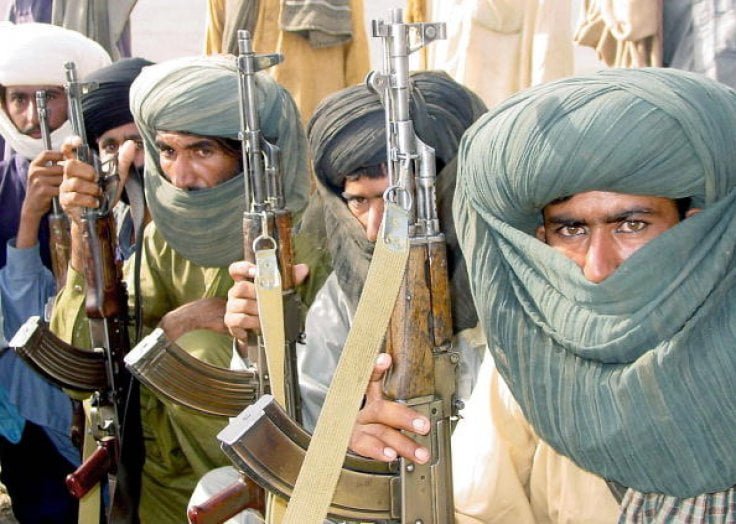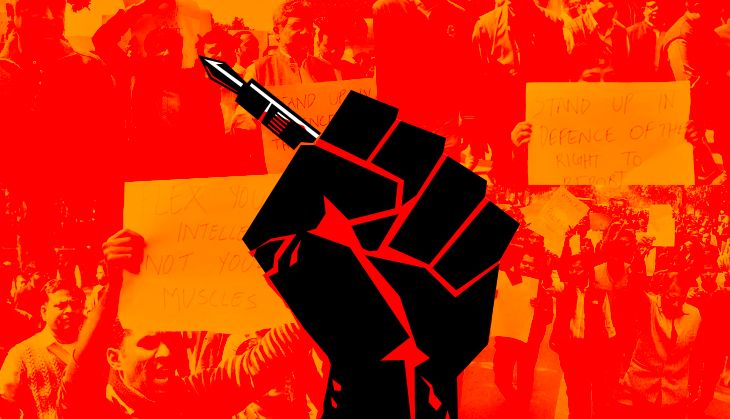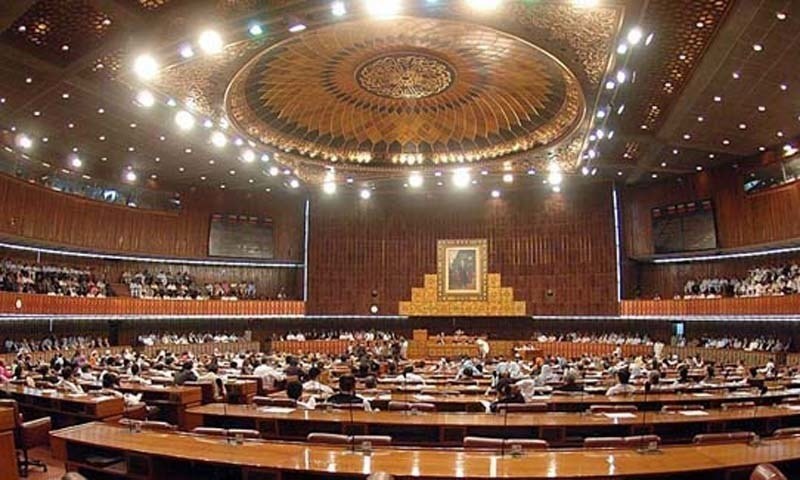According to IMF data, China holds approximately $30 billion of Pakistan’s $126 billion total external foreign debt. This amount is three times Pakistan’s IMF debt ($7.8 billion) and is more than its borrowings from the World Bank and Asian Development Bank combined. So why is China, a mighty economic power, awaiting the green signal from the American-led IMF before offering some debt relief to Pakistan? Shouldn’t it at least consider rescheduling Pakistan’s debt, or better yet, wiping it off entirely?
Unfortunately, these are unrealistic hopes. Chinese capitalism, like any other form of capitalism, is motivated by profit, not philanthropy. In Marketing-101, a budding businessman learns how to sell water to a drowning man. In Banking-101, one learns how to identify desperate debtors, while Law-101 teaches one how to deal with defaulters.
Chinese companies, whether state-owned or private, view Pakistan as a strategic ally under their government’s instructions. They understand the importance of Gwadar, which gives access to the warm waters of the Persian Gulf. However, they tread cautiously, recognizing that Pakistan is not the best place to invest their capital. Thus, new ventures are few and far between, and even these are generally low-tech, such as a plant in Hub that manufactures excellent Hui Cheng beer, a cellphone assembly plant, an automobile spare parts factory, a microfinance bank, and a footwear manufacturer. Additionally, Chinese companies have acquired farmland to grow vegetables for export to their home market.
But what about hi-tech ventures such as nuclear technology? While there has been a 50-year history of Chinese nuclear assistance to Pakistan, both open and covert, the country’s atomic bomb and 1998 nuclear tests would not have happened without a significant Pakistani contribution. The same cannot be said for nuclear power reactors. Nuclear bombs were considered hi-tech until the 1960s, but reactors are complex machines. The two Hualong HPR-1000 plants, Kanupp-2, and Kanupp-3, costing $7 billion each, have all their core components designed and manufactured in China. Even the fuel comes from China. The Pakistan Atomic Energy Commission’s role is merely supportive, while under Chinese supervision, it has taken on the civil works, installation, and operation of the plants.
When comparing Chinese investment in Singapore, a former British colony similar to Pakistan in terms of history, we see a significant difference. Despite being 42 times smaller population-wise and 1,093 times smaller in area, Singapore received $92 billion in foreign direct investment in 2020, compared to Pakistan’s $2 billion. Its economy attracts American and Chinese multinational corporations in the semiconductor, communication, robotics,financial technology.
The stark contrast between Singapore and Pakistan in terms of their success with infrastructure development is striking and begs for an explanation.
On the one hand, Singapore is a haven of peace and order, while Pakistan remains embroiled in violence and terror. This is largely a result of the government’s previous encouragement of ‘jihadi’ groups, which has led to a resurgence of terrorist activity. Despite the presence of a 10,000-strong security force dedicated to protecting Chinese workers in Pakistan, the risk of violence is ever-present. The recent string of blasphemy-related lynchings has only served to exacerbate tensions and limit interaction between locals and Chinese workers.
Furthermore, while Singapore is renowned for its adherence to the rule of law, Pakistan has a reputation for corruption and the prevalence of under-the-table deals. In a business environment where trust is low, the opacity of the China-Pakistan Economic Corridor (CPEC) only serves to fuel suspicions of kickbacks and unethical practices.
The third key difference between the two nations lies in the quality of their respective workforces. Singapore boasts a highly skilled and adaptable workforce, while Pakistan struggles to produce workers who can meet the demands of major CPEC projects. Due to a flawed education system that prioritizes indoctrination over knowledge and skills, Pakistan has been left with an abundance of unemployable youth. Even sending thousands of students to study in China has failed to yield results, as many return having cut corners and not fully absorbed the knowledge and skills necessary for success in engineering and hard sciences.
The fundamental flaw in CPEC’s design lies in its assumption that infrastructure development alone can lead to growth and job creation. However, this overlooks the importance of human capital – the seed that enables growth and development to occur. Pakistan undoubtedly has talented individuals, but they are held back by a poor education system that has failed to equip them with the necessary skills and knowledge.
There is growing concern among Pakistanis about the potential for CPEC to become a debt trap, especially in light of the experience of Sri Lanka. However, it is important to remain calm and avoid repeating past mistakes. In the past, Pakistan made the mistake of believing that America was its staunchest ally and supplier of its every need, only to see that relationship ultimately crumble. China may be short-selling Pakistan in some areas, but it is important to avoid selling the false notion of CPEC as a Marshall Plan for Pakistan. While Europe may have benefited from post-war aid, Pakistan’s struggles are largely of its own making.
In conclusion, the differences between Singapore and Pakistan in terms of infrastructure development are the result of a complex interplay of factors. While Singapore benefits from a stable environment and a highly skilled workforce, Pakistan has been held back by a flawed education system and a culture of corruption. The success of CPEC will ultimately depend on Pakistan’s ability to address these challenges and create a workforce capable of meeting the demands of the 21st-century economy.
Read more:

















